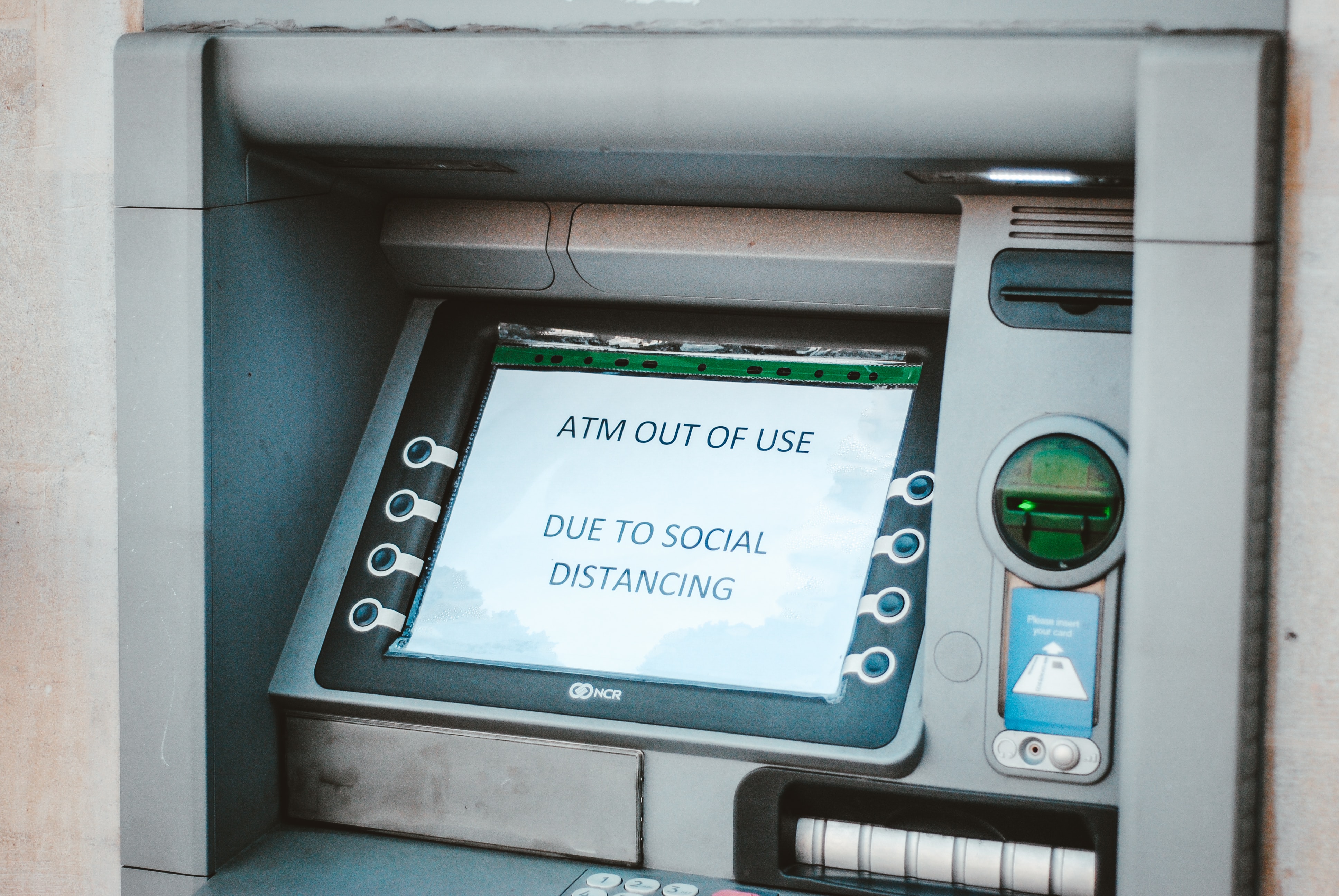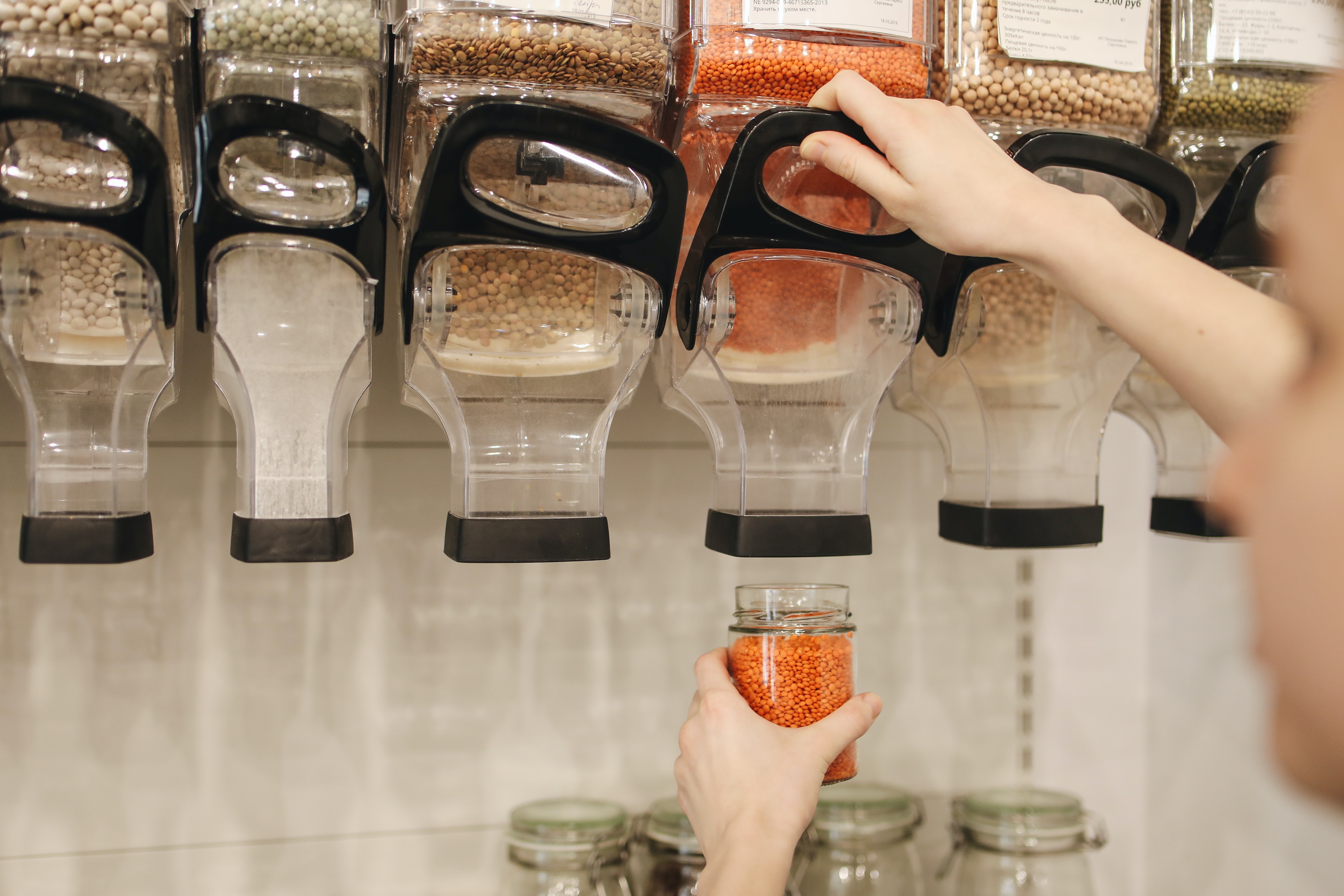COVID-19 & global industry growth: Which sectors have thrived during the pandemic?
Find out which industries boomed and which struggled during COVID-19, from home furnishing and sportswear to travel and cosmetics.
The COVID-19 pandemic has been a seismic event. Naturally, it has had a monumental impact on markets and industries alike worldwide. However, it’s also been a year of enormous growth for some sectors, as we’ve been forced to shift our lifestyles to ‘the new normal’.
Previously lesser-known companies have now become household names, perhaps most notably, Zoom, now synonymous with digital communication. Last year, the video conferencing company saw its daily usage soar from ten million users a day in December 2019 to 300 million by April 2020.
As a card machine provider for small-medium enterprises, we’ve seen consumer changes first-hand and wanted to further explore just how wide-spread the shift in spending was.
We’ve used Yahoo Finance and public Purchase Intent data to find out which industries have benefited from the ‘unforeseen changes’ in their customers’ lifestyles over the last nine months and, which industries could be set to grow further this year.
Home Furnishings sales soar to almost 500%
National lockdowns across the globe have ensured the public stay home. Without anywhere else to go, and a reported 10 million people still furloughed in the UK alone, there’s been a unified movement to redesign our houses, to create a more zen space to spend time in.
With this consumer shift, the global Home Furnishing industry experienced the highest growth between March and November, growing by 458%. The growth of this sector overshadowed precious metal businesses, and even the Comms Tech companies – despite our desperate scramble to make working from home both viable and sustainable.
Worldwide industry growth between March and November 2020

The top 20 industries with the highest percentage increase between March and November 2020
Rank | Industry | Average % change March-Oct |
|---|---|---|
1 | Home Furnishing | 458.30% |
2 | Mail Order Catalogues | 349.20% |
3 | Sports Clothing & Equipment | 305.80% |
4 | Building & DIY | 287% |
5 | Silver | 174% |
6 | Illustration & Editing Software | 156% |
7 | Car Parts | 141% |
8 | Electronics | 141% |
9 | Photography | 138% |
10 | Fintech | 135% |
11 | Toy & Crafts | 130% |
12 | Comms Tech | 129% |
13 | Gaming Activities | 129% |
14 | Campervans & RVs | 126% |
15 | Home Improvement | 123% |
16 | Telecoms & Mobile Networks | 118% |
17 | Ecommerce | 113% |
18 | Copper | 110% |
19 | Medical Diagnostics | 109% |
20 | Home & Kitchen Appliances | 109% |
Sportswear sees +300% growth globally
With the population eternally housebound, home-order shopping sprees have grown exponentially. Mail Order Catalogues, such as the Next Directory, saw a 349.25% increase over the last eight months. Followed closely by a 305% increase in the sale of sporting goods and clothing, due to the world's new-found love for online workouts.
Cleaning falls short to new hobbies
Despite the barren cleaning aisles faced by most shoppers at the beginning of the pandemic, Cleaning Products narrowly missed out on the top 20 rising industries, with just 106.83% growth.
Instead, increased free time led to a huge upswing in hobby purchases. Illustration & Editing Software (+156%), Photography (+138%) and Home Improvement (+122%) all soared, as people sought to find other ways to fill their time – aside from creating TikToks of course.
Many industries which help people burn through their spare time have thrived, and look to continue to do so. Gaming Activities enjoyed a 128.61% boost in sales, whilst Toy & Hobby Stores saw a +129.50% uplift, making 2020 the year that recreation was king. This is something we expect to continue during this lockdown.
Staycations and the return of the campervan
With a travel ban came the resilience of wanderlust, which was satisfied in the form of staycations. Campervans grew by 125% with people taking up passion projects and finding new ways to explore by travelling closer to home. This year’s January lockdown gives would-be travellers the opportunity to turn vans into portable hotels, ready for a post-lockdown roadtrip.
UK Industries: The success of supermarkets
The economic impact has been, word of last year – unprecedented. But, this doesn’t mean that every industry has been hit negatively.
In fact, some industries grew slowly but surely during the crisis, reflecting how consumers dealt with, and are continuing to deal with the pandemic in various ways.
To delve deeper into this, we analysed Purchase Intent – i.e. how likely shoppers were to make purchases in each sector, across the UK to uncover which UK industries grew and shrunk during this time.
Supermarkets have unsurprisingly boomed, with essential retailers avoiding major trading restrictions. As a result, these retailers have seen the largest increase (+6%) in purchases since March, as people are buying more groceries to cook at home, during restaurant closures.
UK public Purchase Intent ranked by percentage change between March and October 2020
Rank | Industry | Average % change March-Oct |
|---|---|---|
1 | Supermarkets | 6.00% |
2 | Online Shopping | 4.90% |
3 | Mixed Goods Retailers | 4.90% |
4 | Soft Drinks | 3% |
5 | General Insurance | 3% |
6 | Utilities & Services | 3% |
7 | Domestic Appliances | 2% |
8 | Property | 2% |
9 | Alcohol | 2% |
10 | Health & Beauty | 1% |
11 | Sports | 0% |
12 | Chilled/Frozen Foods | -1% |
13 | Consumer Electricals | -1% |
14 | Life Insurance, Pensions & Wealth Management | -1% |
15 | Car Sales, Service & Fuel | -2% |
16 | Hotels & Cruises | -2% |
17 | TV & Radio | -2% |
18 | High Street Fashion | -2% |
19 | Leisure & Entertainment | -3% |
20 | Snack Food | -3% |
Brits increased their alcohol intake
One trade Brits understandably turned to, was alcohol. Purchase Intent increased by 1.75% between March and October, indicating that as the pandemic dragged on, the British appetite for a tipple only intensified.
Property also saw an increase of 2.31%, fueled by Rishi’s introduction of a Stamp Duty holiday for property purchases up to £500,000.
And, of course, in an age where banana bread and sourdough became ubiquitous features of kitchens across the country, domestic appliances were up 2.32%.
Travel, Car Sales and Cosmetics decline
Unsurprisingly, the restrictions have caused travel, car and fuel sales to decrease by 1.7%. Cosmetics and skincare products have plummeted by 4.68%, while health and beauty products have enjoyed a slight increase of 0.6%.
In a time where social events are restricted to webcams, perhaps this indicates the British public have become less interested in makeup to cover up imperfections, and perhaps more interested in maintenance and self-improvement.
A 2021 lockdown
During January the UK replaced tier systems for another full lockdown. This will likely impact the global economy further, and we may see consumer trends continue, or shift – now that it's not our first experience staying home. Perhaps banana bread and zoom quizzes will stay in 2020 and we'll see new creative hobbies form the 2021 zeitgeist.
Methodology
Worldwide Industry growth: These company stock prices were recorded for 15th March 2020 and the 17th November 2020 using Yahoo Finance historical data. The percentage change between these figures was calculated to highlight the percentage of growth each company saw between those two dates. Companies were then categorised into industries according to Yahoo Finance labels and the average of all companies fitting within each designated label resulted in the final average change figure for each industry.
UK Purchase Intent: Calculated using the average purchase intent from over 500 companies across 36 sectors for March 2020 and Oct 2020. The average purchase intent was then calculated for each sector. The percentage change between these two months identifies which sector saw the greatest changes from the peak of the COVID crisis to now. Percentage changes were calculated using Brand Index and SEMrush data.
How Dojo can help
Some industries saw huge leaps during the pandemic, while others were hit hard. For small businesses, that means adapting fast, and being able to accept card payments reliably can make all the difference. Our card machines help you stay responsive, keep service smooth, and ride out shifts in demand. Want to see more trends and ideas? Take a look around our blog.


